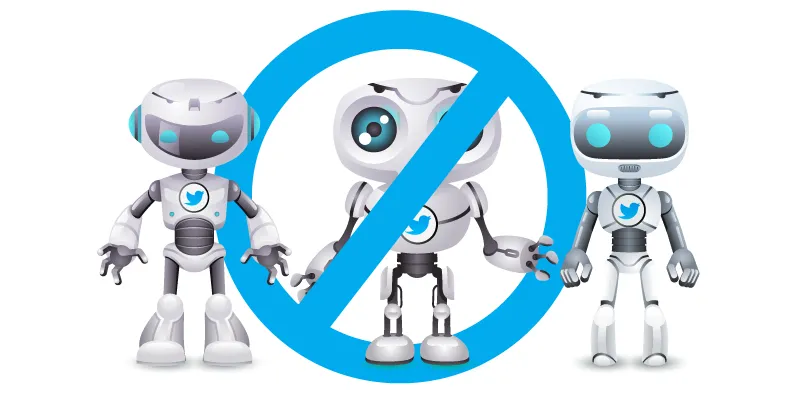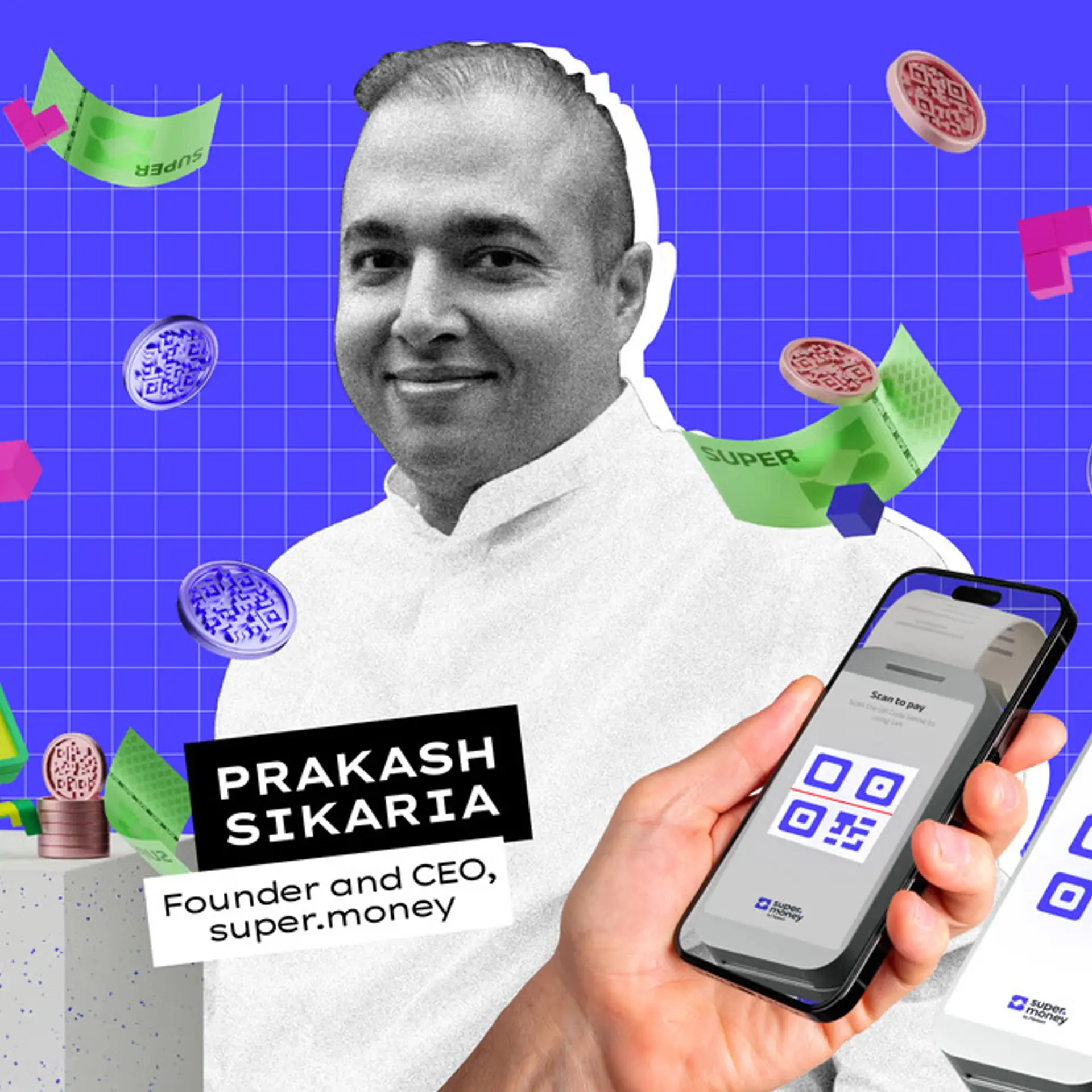Twitter cracks down on automation in its war on bots
February is turning out to be quite the month for tech companies as they deal with the fallout from 2017’s fake news revelations and the ensuing public outcry. Facebook, the company most affected by the fake news problem, announced earlier this month that it was tweaking its algorithm to highlight content from friends and family over content from public pages and third-party pages in a bid to increase the visibility of trustworthy content on the platform. Now Twitter has also followed suit with major changes to its rules governing posting and automation of tweets on the platform, particularly for users with multiple accounts.

In a blog post yesterday, Wednesday, February 21, Yoel Roth, the Lead on Twitter’s API Policy and Product Trust teams, revealed the changes to TweetDeck, Twitter’s dashboard application, and the Twitter API “to limit the ability of users to perform coordinated actions across multiple accounts”. The changes had been announced earlier in January as “an important step in ensuring we stay ahead of malicious activity targeting the crucial conversations taking place on Twitter – including elections in the United States and around the world”.
There are a series of specific changes and exemptions primarily targeting account automation and bots. Users will no longer be able to post “identical or substantially similar content” on multiple accounts. This is likely meant to stop people posting the same tweet or hashtag from multiple accounts to artificially increase reach and impact. Users are allowed to Retweet content from a single account into other accounts; however, “bulk, aggressive, or very high-volume automated Retweeting” is not allowed under the new policy and will be liable for action from Twitter. This ban also applies “regardless of whether the Tweets are published on Twitter at the same time, or are scheduled/queued for future publication”.
Simultaneous actions – such as Likes, Retweets, or follows – from multiple accounts are also banned. A much bigger step is a seemingly blanket ban on using automation for coordinated publication from multiple accounts. According to the blog post, “The use of any form of automation (including scheduling) to post identical or substantially similar content, or to perform actions such as Likes or Retweets, across many accounts that have authorized your app (whether or not you created or directly control those accounts) is not permitted.” The only exception to this rule is “applications that broadcast or share weather, emergency, or other public service announcements of broad community interest (for example, earthquake or tsunami alerts)”.
Twitter has summarised the new rules in two basic policies that all users now need to keep in mind:
- Posting duplicative or substantially similar content, replies, or mentions over multiple accounts you control, or creating duplicate or substantially similar accounts, with or without the use of automation, is never allowed.
- Posting multiple updates (on a single account or across multiple accounts you control) to a trending or popular topic (for instance, through the use of a specific hashtag) with an intent to subvert or manipulate the topic, or to artificially inflate the prominence of a hashtag or topic, is never allowed.
Another major change covers TweetDeck’s support for multiple accounts. As per the post, “Users of TweetDeck will no longer be able to select multiple accounts through which to perform an action such as Tweeting, Retweeting, liking, or following.” The company says that the changes will be effective immediately on Twitter and TweetDeck, while third-party applications will have time till March 23, 2018, to make changes to comply with the new rules. Applications and accounts that fail to comply with the new rules post this deadline will be liable for suspension.
This is Twitter’s biggest overhaul yet and comes as the company makes an active effort to reduce spam and bots on the platform. While Twitter is ostensibly pitching these rules as a response to rising propaganda and fake news, it is also going to be an additional worry for publishers already reeling from Facebook’s changes and the recent news of Google blocking certain ad types on its Chrome browser. Twitter has just announced war on fake propaganda and rumour-mongering; the problem is that anybody who cross-posts content from multiple accounts – such as many publishers – is likely to be caught in the crossfire.







